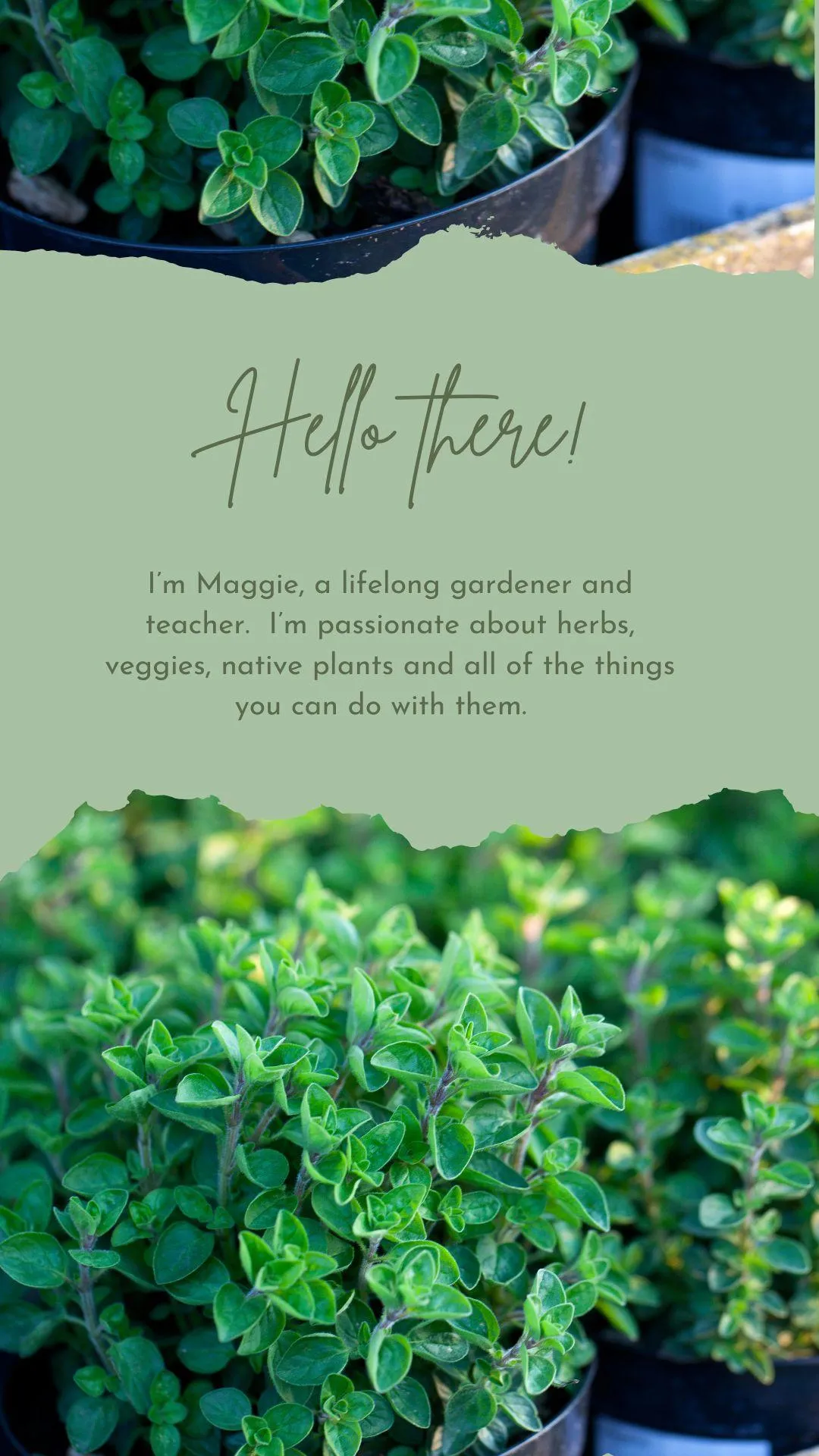
Get expert garden consulting advice →
Start Your Central Texas Garden Today
Eat something from the garden every day! Drop me an email and I'll show you how you can start your dream garden with the space, sunlight, and experience you have.
Download the
Florence Seasonal Gardening Guide for Free!
Get the exact dates to know what to grow in each season and what to plant


February in the Garden
Gardening in Central Texas: February Planting Guide
Hello, fellow gardeners! 🌱 February is here, and it's time to get our hands dirty and our gardens ready for a fantastic growing season. Central Texas offers a unique climate that allows us to start planting early, so let's dive into what you can do this month to set your garden up for success.
1. Brighten Up with Ornamental and Wildlife Plants
Annual Transplants: Add a splash of color with pansies, violas, calendula, snapdragons, stock, larkspur, ornamental kale, cabbage, bluebonnet transplants, and poppies. These beauties will make your garden pop!
Evergreen Perennials & Vines: Plant these now to give them a head start before the summer heat kicks in.
Trees, Shrubs, and Roses: February is perfect for planting these, as the cooler weather helps them establish strong roots.

2. Spice Up Your Life with Herbs
Herbs: Grow your own kitchen garden with calendula, chervil, cilantro, chives, dill, parsley, feverfew, oregano, sorrel, thyme, and garlic chives. Imagine the fresh flavors you'll add to your dishes!
3. Grow Your Own Food
Vegetables: Plant artichokes, asparagus, onions, greens, lettuce, spinach, radish, carrots, beets, bok choy, collards, kale, pak choi, mustard, peas, turnips, leeks, broccoli, and cabbage. Your future salads will thank you, although your husband may not!
Potatoes: My husband's grandmother used to put her potatoes in on Valentine's Day, so I use that as my date. But,be ready to protect them from any surprise freezes.
4. Sweeten the Deal with Fruit
Fruit Trees and Bushes: Now's the time to plant apples, peaches, pecans, pears, pomegranates, persimmons, figs, almonds, grapes, strawberries, raspberries, and blackberries. Fresh fruit from your garden? Yes, please!
5. Pruning and Maintenance
Pruning: Give your roses, dormant perennials, ornamental grasses, grapes, fruit trees, and blackberries a good trim. Avoid pruning red oaks and live oaks unless necessary.
Maintenance: Add compost to your vegetable gardens, fertilize roses and irises, and prepare beds for new plantings.
6. Prep Your Soil
Soil Testing: Get a soil test to know exactly what your garden needs. Your local extension office will have the bags and can give you all of the information you need to complete the test. (Although it's really easy!)
Composting: Add compost to beds and around trees, and use slow-release granular fertilizers late in the month.
7. Other Fun Tasks
Weeding: Keep those pesky weeds at bay to ensure your plants get all the nutrients they need.
Protecting Plants: Keep floating row covers handy to shield your plants from unexpected cold snaps and freezing rains. Also, I've noticed some of the winds lately have been enough to damage plants. Be ready to bring in or provide some support.
Tips for Success
Watering: Water your plants well before a freeze, but don't overdo it.
Mulching: Mulch around your plants to retain moisture and protect roots.
Transplanting: Move hardy seedlings you started in January outdoors late in the month. Do this gradually so that you aren't shocking them with the cooler temps, but ready to protect them from freezing temperatures.
By following these tips, you'll be well on your way to a thriving garden. Happy planting, and may your garden grow lush and bountiful! 🌿🌸
Feel free to reach out if you have any questions or need more advice. Happy gardening!
Copy right 2025